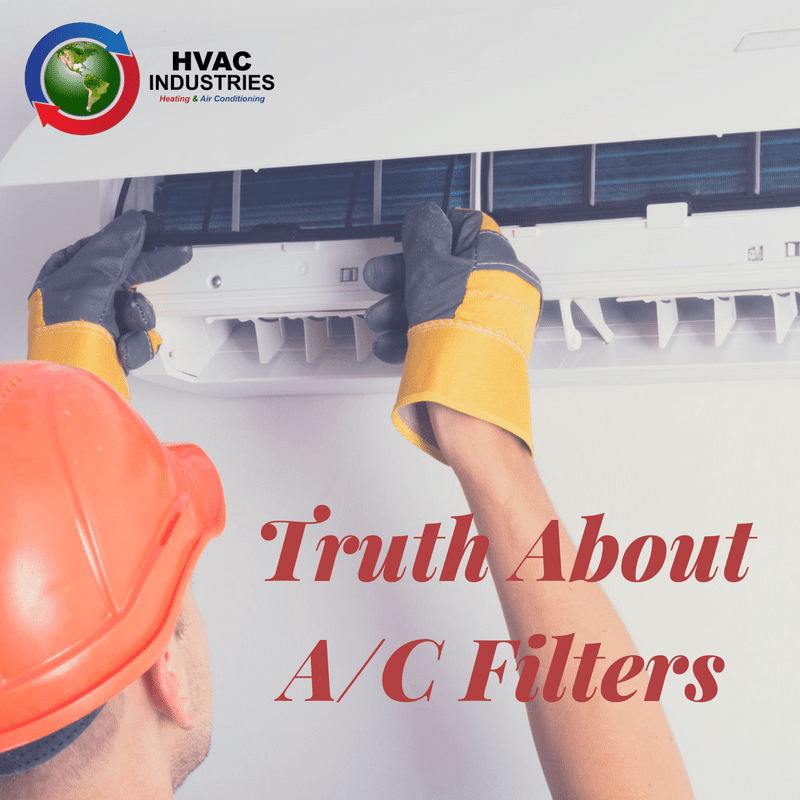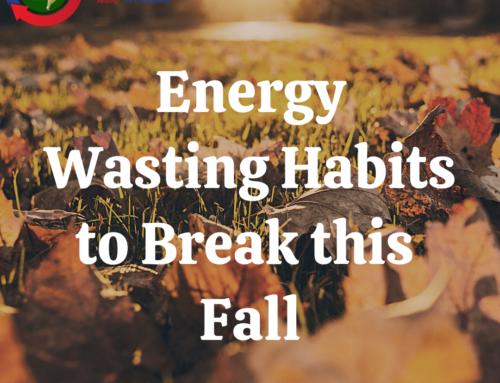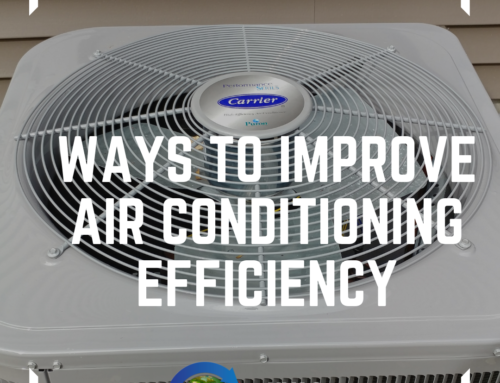 Why Do People Buy Expensive Filters?
Why Do People Buy Expensive Filters?
Homeowners buy expensive filters because they want to improve the air quality and comfort in their homes. Ironically, the filters often make things worse.
What Is Total ESP?
Look inside the panel of a furnace or blower for a central air conditioning system and you will find the manufacturer’s rating label. Typically, one of the ratings is “Total ESP.” Total ESP stands for Total External Static Pressure. This is the maximum resistance for which the fan is rated. The rating is expressed in inches water gauge. Manufacturers rate their systems for 0.5” w.g. That’s not much, which you consider that it includes all of the downstream ductwork, plus the return air ductwork, plus the evaporator coil, plus the filter.
What Happens When Total ESP Is Exceeded?
When Total External Static Pressure is greater than the fan’s rating, the fan will “ride the fan curve,” or slow down. In commercial buildings, some manufacturers even use this principle to modulate the output of fan powered variable air volume terminals (i.e., the boxes in the ceiling plenum that control the mix of air delivered to an air conditioning zone). Manufacturers use dampers and an inexpensive means of increasing the downstream static pressure, slowing the fan, and reducing the volume of air. The principle is the same in homes. When the Total External Static Pressure is exceeded in a home comfort system, the fan slows.
What Happens When The Fan Slows?
When the fan slows, there are a couple of possible consequences. First, there may not be sufficient air flow to ensure enough air is delivered to the end of the longest duct runs. When this occurs, these rooms may feel stuffy and too hot or cold, even though the temperature is comfortable elsewhere.
Second, the air flow passing over the evaporator coil may be insufficient to ensure proper dehumidification. If the evaporator coil doesn’t fully dehumidify, it and/or the surrounding plenum box can become a breeding ground for bacteriological growth and contaminants.
How Do Filters Contribute?
All filters have a “pressure drop,” or amount of resistance. Even cheap throw-away filters can become problematic if not changed on a regular basis. As dirt collects on the filter, the pressure drop rises. Far worse than low cost throw-away filters are the high pressure drop filters, which have pressure drops of 0.35” w.g. or higher (some have pressure drops exceeding 0.5” w.g. by themselves). These filters are typically hawked by talk radio hosts who know as much about the air conditioning industry as they do about nuclear physics. People buy these filters to improve air quality
What Can a Homeowner Do?
Fortunately, the HVAC Industry has a number of excellent solutions for homeowners who want better filtration than the minimal amount found with a throw-away filter, but do not want the comfort or bacteriological problems of a high pressure drop filter. These include residential HEPA (high efficiency particulate arresting) filters, deep pleated media air filters, and electronic air cleaners.






